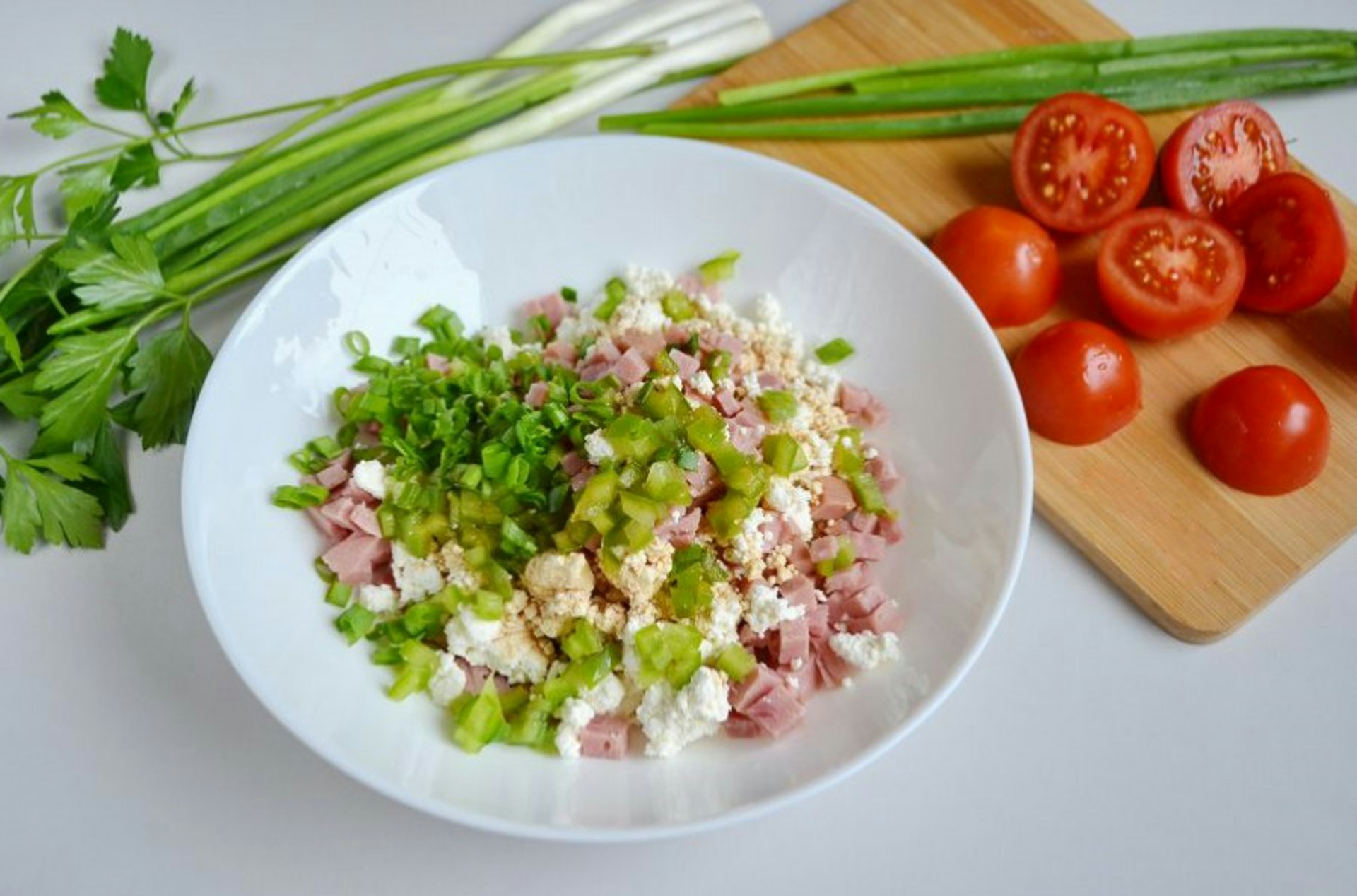
Raw Food Risks You Shouldn’t Ignore for Safer Eating
- Herminia Baker
- April 21, 2025
- Default
- 0 Comments
Raw foods often promise freshness, flavor, and nutrition straight from the source. From sushi and tartare to farmer’s market greens and cold-pressed juices, they’ve captured the attention of health-conscious consumers and trendy restaurants alike.
Yet, alongside their vibrant appeal, raw foods can carry significant risks few shoppers consider. This blog reveals what foodborne pathogens could be lurking in your next “superfood” salad, how raw food safety impacts both consumers and CPG companies, and what safe food handling steps can help you eat with confidence.
Whether you’re passionate about plant-based living, curious about the raw food trend, or responsible for food safety in the supply chain, you’ll find practical tips and expert insights to help you enjoy raw foods while minimizing raw food risks.
The Hidden Dangers Behind Raw Foods
Many people assume that unprocessed foods are the healthiest option. While raw fruits, vegetables, nuts, and meats retain natural enzymes and nutrients, they are also more vulnerable to foodborne pathogens. Cooking effectively kills harmful bacteria and viruses. Eating raw leaves you exposed.
Common Raw Foods with High-Risk
Foods commonly eaten raw include:
- Leafy greens (lettuce, spinach, arugula)
- Fresh fruits (berries, apples, melons)
- Sprouts (alfalfa, radish, bean)
- Raw seafood (sushi, sashimi, oysters)
- Uncooked meats (steak tartare, carpaccio)
- Unpasteurized dairy and juices
Outbreaks are not rare. For example, the CDC reports that leafy greens have caused multiple recalls in recent years, linked to E. coli and Salmonella contamination.
Why Processing Matters
Processing methods like pasteurization, sterilization, and cooking target foodborne pathogens. By skipping or minimizing these steps, raw food puts more responsibility on safe food handling at every stage, from farm to plate.
Common Foodborne Pathogens Found in Raw Foods
Raw food safety begins with understanding exactly what you’re up against. A wide range of microbes can survive and multiply on or in uncooked foods.
Bacteria
- Salmonella
Frequently found in eggs, poultry, fruits, and vegetables. Symptoms can include fever, diarrhea, and cramps.
- Escherichia coli (E. coli)
Certain strains, like E. coli O157:H7, cause severe foodborne illness. High-profile cases often involve leafy greens or raw ground beef.
- Listeria monocytogenes
Found in unpasteurized dairy, raw vegetables, and ready-to-eat meats. Especially dangerous for pregnant women, newborns, and the elderly.
Viruses
- Norovirus
Commonly associated with shellfish and leafy greens. Extremely contagious and responsible for many outbreaks in restaurants and cafeterias.
- Hepatitis A
Can contaminate fresh and frozen produce handled by infected workers.
Parasites
- Toxoplasma gondii
Risks exist in undercooked meats and contaminated produce. Often goes undetected but can pose real health threats, particularly to expecting mothers.
Foodborne pathogens can contaminate any raw food, even those washed or certified organic, if proper food safety protocols are not followed.
Why CPG Companies Focus Heavily on Raw Food Safety
Consumer packaged goods (CPG) companies are highly invested in ensuring raw ingredients in their supply chains are safe. One major recall tied to raw food risks can mean millions lost in revenue and irreversible damage to brand reputation.
Preventive Controls at Scale
- Supplier audits and certifications
Major food producers regularly audit their supply chain partners. They ensure farms, distributors, and packaging facilities meet strict hygiene standards.
- Batch testing
Random sample testing for pathogens like Salmonella and Listeria helps catch contamination before products hit grocery shelves.
- Clear use-by dates and warnings
Many companies add safe handling instructions or serve-by dates to packaging to warn consumers about raw food risks.
Compliance and Consumer Trust
With growing consumer interest in raw, organic, and minimally processed foods, CPG companies must balance innovation with compliance. They also play a role in consumer education, offering best practices for raw food safety both on the label and online.
At-Home Practices for Safe Raw Food Handling
You can’t see or smell most foodborne pathogens. That’s why adopting a few simple habits in your kitchen can have a big impact on your safety.
Essentials for Raw Food Safety at Home
- Wash hands and surfaces often
Bacteria can live on kitchen counters, cutting boards, and utensils. Hot, soapy water is your friend.
- Rinse produce thoroughly
Even pre-washed or organic items benefit from a second rinse under running water.
- Separate raw foods from ready-to-eat items
Use different chopping boards for raw meats and vegetables to prevent cross-contamination.
- Refrigerate promptly
Keep perishable raw foods chilled at or below 40°F (4°C). Don’t leave them out for more than two hours.
When in Doubt, Throw It Out
If you have any reason to think raw food may be contaminated, it’s safer to discard it. Trust your instincts over “best by” dates if the appearance, smell, or texture seems off.
Cold-Pressed, Unpasteurized, and Specialty Raw Products
Trendy options like raw milk, cold-pressed juice, and fresh nut butter have gained traction among wellness enthusiasts. Yet these specialty items can pose serious risks when not handled correctly.
What Makes Them Different
- Unpasteurized juice and milk bypass heat treatment designed to destroy harmful microbes.
- Cold-pressed juices are processed without heat, making them susceptible to bacterial growth.
- Raw honey and nut butter can harbor spores and bacteria dangerous to infants or those with compromised immunity.
Legal Regulations
Many countries and states have specific laws around the sale of unpasteurized products. Understanding the risks and regulations helps consumers make informed choices.
Raw Food Safety in Restaurants and Food Service
Eating out can complicate your control over raw food risks. Trustworthy establishments invest heavily in food safety practices to keep diners and their brand protected.
What to Look For
- Transparency
Reputable restaurants are open about sources and preparation methods.
- Certifications
Look for staff with food handler certifications posted in view of customers.
- Temperature control
Buffets, sushi bars, and salad stations should display foods on ice or under refrigeration.
If you’re concerned, don’t hesitate to ask questions about how food was prepared, handled, and stored.
The Role of Safe Food Handling in Preventing Illness
Whether you’re a chef, grocer, or home cook, safe food handling is your strongest defense against foodborne pathogens. This mindset extends from harvest to plate.
The Power of Education
CPG companies, restaurants, food service, and schools all play a role in spreading raw food safety awareness. Simple educational campaigns have helped lower rates of foodborne illness with reminders on the basics:
- Clean
- Separate
- Cook (when appropriate)
- Chill
Safer Choices, Smarter Eating
Raw foods offer flavor, variety, and nutrition when selected and handled thoughtfully. By staying informed, using safe food handling techniques, and choosing CPG companies that prioritize food safety, you can enjoy the benefits of raw foods while minimizing risks.
If you want to further reduce your exposure to foodborne pathogens, consider enrolling in a local food safety course or keep an eye out for resources shared by your favorite grocers and chefs. Every step toward safer choices helps prevent illness and improves the food experience for everyone.




